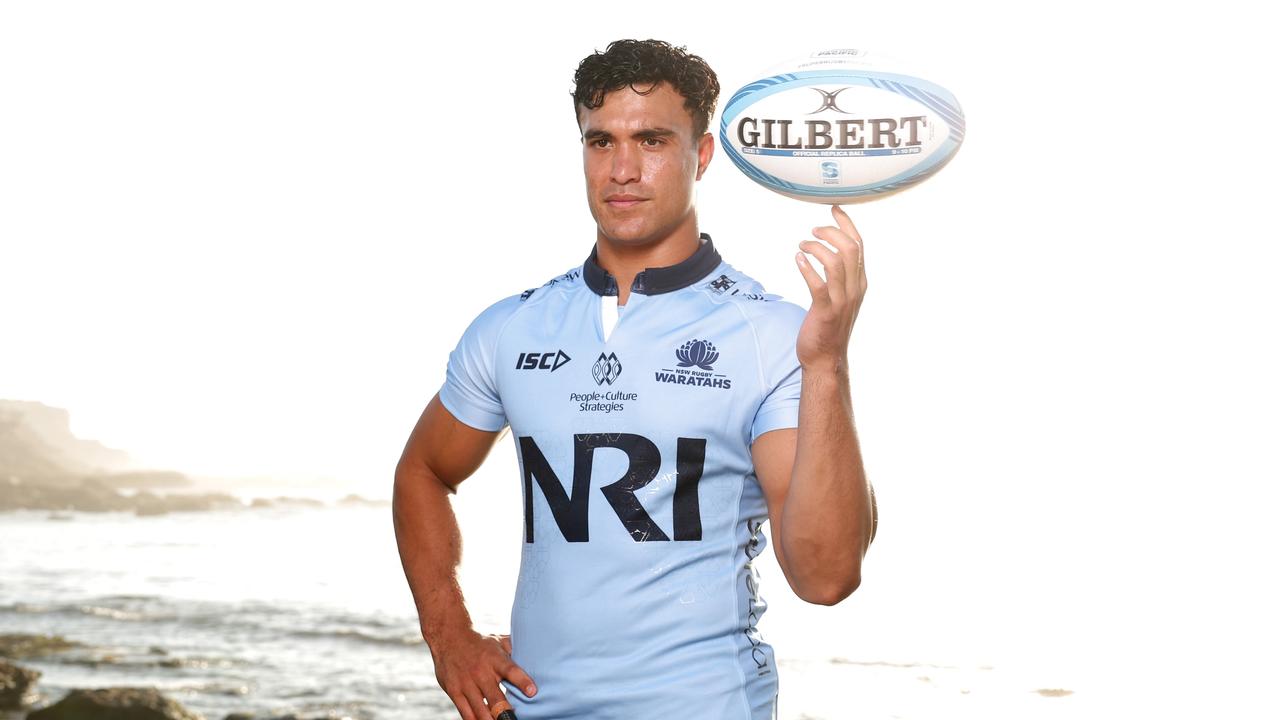Rugby’s radical plan for new global competition with grand final every two years
A world Test rugby grand final would happen every two years, around the World Cup, under plans for the sport’s biggest revolution since the dawn of professionalism.

Rugby
Don't miss out on the headlines from Rugby. Followed categories will be added to My News.
Global rugby executives have been urged to embrace plans for the sport’s biggest revolution since the dawn of professionalism – including a world grand final every two years.
The leading unions will meet for critical talks in Dublin today (Tuesday) and World Rugby wants them to commit to the new competition by the end of the week, with a view to a formal vote on its introduction being held in November.
That would trigger the most radical change to the structure of the sport since 1995, when rugby turned professional and the Tri-Nations – featuring New Zealand, South Africa and Australia – was created, backed by investment from Rupert Murdoch.
The Times can reveal that the working plan for the new two-tiered competition is for the top division to be founded in 2026, featuring 12 teams: England, Wales, Scotland, Ireland, France and Italy from the Six Nations, as well as South Africa, New Zealand, Australia, Argentina, Fiji and Japan.
The emerging nations are already on board, having agreed at a meeting in London last week to sacrifice annual fixtures against top-ranked teams so that they can form a global second division in 2024.

The competition would be held in even years – avoiding clashes with the World Cup and British & Irish Lions tours – and reach a climax on the fourth weekend of November, with a final and two promotion/relegation play-offs, one for the north and one for the south. Membership of the Six Nations would be unaffected. The so-called “Nations Championship” – there is no formal title as yet – would be based only on results from the July and November windows.
Each northern-hemisphere team would play a southern-hemisphere rival once, either home or away. To reduce travel time, the southern hemisphere nations would be divided into two blocks, with the lowest-ranked team required to play their July Tests on neutral territory.
For example, in the first year, England, Wales and Ireland could go on a July tour and play Tests in New Zealand, Australia and Japan. Meanwhile Scotland, France and Italy would travel to South Africa and Argentina, with Fiji deciding in which of those two countries they would like to stage their games. In November, the fixtures would cross over, with England hosting South Africa, Argentina and Fiji.
The top two teams after those six fixtures would then meet in a grand final. There would also be the drama of two relegation play-offs against leading teams from the second tier.
The emerging nations league – featuring Samoa, Tonga, the United States, Canada, Uruguay, Chile, Namibia, Georgia, Romania, Spain, Portugal and the Netherlands – is being referred to as the “Challenger” division and would also involve games on neutral territory to limit travel costs while traditional tours would return in Lions years, with the leading Challenger teams rewarded with top fixtures. There is scope for England, albeit without their Lions players, to contest a Test series in Samoa or Tonga.

The two biggest hurdles are an agreement over how to share the revenue, because the model would replace the existing system in which the host nation retains all the receipts, and the plans for a finals weekend in November.
The projections are that the new competition would drive a 40 per cent increase in revenue above that generated by the present fixtures schedule.
At present, clubs are only required to release players for three autumn internationals, so a commercial deal would need to be done with Premiership Rugby and LNR, its French counterpart. A knock-on effect of trying to secure an extra international weekend in November could be the loss of one of the two fallow weeks in the Six Nations. There are player-welfare implications involved, however, and it is not an idea supported by the smaller nations.
The clubs and the International Rugby Players (IRP) group have contributed to all the talks since an initial plan collapsed in 2019. Other than player release, Premiership Rugby and LNR want to get their World Club Championship idea over the line. The IRP has urged the big unions to grasp a chance to revolutionise rugby. “The model that’s now on the table is the best for all sides,” Conrad Smith, the former All Blacks centre who is head of player welfare at IRP, said.
“IRP has always fought for a fair deal for emerging nations to get regular game-time. This will hopefully make those sides more competitive and allow them to plan their calendar years – something they’ve never really had before. This model isn’t perfect, and there are details still to iron out, but if we’re serious about growing the global game we can’t let commercial interests get in the way of doing the right thing.”
– The Times
Originally published as Rugby’s radical plan for new global competition with grand final every two years


